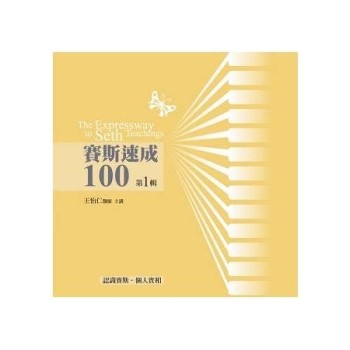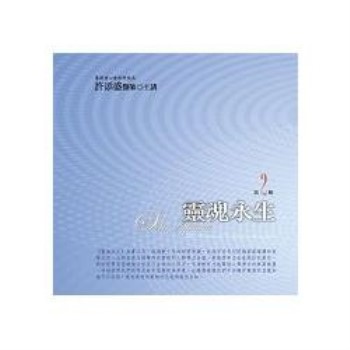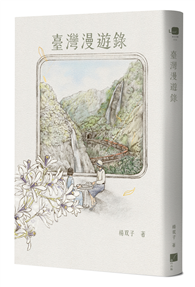This volume contains two Tantras: the Tantra of Great Bliss and the Tantra of the Natural Intent of the Heart. Both of these Tantras represent a meeting of the Atiyoga tradition and the Mahayoga, and offer us an insight into the interrelationship of these two classes of Tantra as they are brought together. We are gradually introduced to a seed syllable and to mandalas both physical and sonic, elaborately described in colorful detail. Practices are described, including a graphic description of sexual yoga, while we are reminded that there is no practice or meditation. The translations in this book were done based on Tibetan manuscripts, images of which are included. The Indian source works have been lost in time. The Tibetan texts we have are translations made by Vairochana, a famous Tibetan translator who went to India in search of the literature on instantaneous enlightenment in the Eighth Century of our era. His biography recounts his finding a teacher, Sri Singha, who had the transmission, but did not have the books, as the King had put them under lock and seal due to a disturbance involving a prostitute and a nun. So Sri Singha and Vairochana broke in to the palace by night, broke the seals, and stole the books. Then, over a period of many years, Vairochana studied these texts under Sri Singha. It is certain that Vairochana carried finished translations of several works with him when he returned to his country. The Tantras here translated are among the source works that inspired such great Tibetan luminaries as Longchen Rabjampa (1308-1364), Jigme Lingpa (1729-1798), and Mipham Gyatso (1846-1912). It is clear that the thinking within them was found critical to an understanding of the profundities of the Great Perfection, even hundreds of years after Vairochana's translation, and that those who sought to reconcile the inspiration of the Great Perfection with the practical realities of a practicing path, such as the Mahayoga, found them to be critical to their understanding. The Tantras come to us from out of the same basic time period as the works of Saraha, and do discuss the Mahamudra at numerous points. Those who study the early roots of the Mahamudra transmission and its relationship to the Great Perfection transmission will find these Tantras helpful. Those who study the debate regarding instant verses gradual enlightenment will find these works a valuable resource.
| FindBook |
有 1 項符合
The Tantra of Great Bliss: The Tantra of the Natural Intent of the Heart: With Tibetan Texts的圖書 |
 |
The Tantra of Great Bliss: The Tantra of the Natural Intent of the Heart: With Tibetan Texts 作者:Wilkinson 出版社:Createspace Independent Publishing Platform 出版日期:2015-09-16 語言:英文 規格:平裝 / 286頁 / 22.9 x 15.2 x 1.5 cm / 普通級 |
| 圖書館借閱 |
| 國家圖書館 | 全國圖書書目資訊網 | 國立公共資訊圖書館 | 電子書服務平台 | MetaCat 跨館整合查詢 |
| 臺北市立圖書館 | 新北市立圖書館 | 基隆市公共圖書館 | 桃園市立圖書館 | 新竹縣公共圖書館 |
| 苗栗縣立圖書館 | 臺中市立圖書館 | 彰化縣公共圖書館 | 南投縣文化局 | 雲林縣公共圖書館 |
| 嘉義縣圖書館 | 臺南市立圖書館 | 高雄市立圖書館 | 屏東縣公共圖書館 | 宜蘭縣公共圖書館 |
| 花蓮縣文化局 | 臺東縣文化處 |
|
|
內容簡介
作者簡介
Christopher Wilkinson began his career in Buddhist literature at the age of fifteen, taking refuge vows from his guru Dezhung Rinpoche. In that same year he began formal study of Tibetan language at the University of Washington under Geshe Ngawang Nornang and Turrell Wylie. He became a Buddhist monk, for three years, at the age of eighteen, living in the home of Dezhung Rinpoche while he continued his studies at the University of Washington. He graduated in 1980 with a B.A. degree in Asian Languages and Literature and another B.A. degree in Comparative Religion (College Honors, Magna Cum Laude, Phi Beta Kappa). After a two year tour of Buddhist pilgrimage sites throughout Asia he worked in refugee resettlement programs for five years in Seattle, Washington. He then proceeded to the University of Calgary for an M.A. in Buddhist Studies where he wrote a groundbreaking thesis on the Yangti transmission of the Great Perfection tradition titled "Clear Meaning: Studies on a Thirteenth Century rDzog chen Tantra." He proceeded to work on a critical edition of the Sanskrit text of the 20,000 line Perfection of Wisdom in Berkeley, California, followed by an intensive study of Burmese language in Hawaii. In 1990 he began three years’ service as a visiting professor in English Literature in Sulawesi, Indonesia, exploring the remnants of the ancient Sri Vijaya Empire there. He worked as a research fellow for the Shelly and Donald Rubin Foundation for several years, playing a part in the early development of the Rubin Museum of Art. In the years that followed he became a Research Fellow at the Centre de Recherches sur les Civilisations de l’Asie Orientale, Collège de France, and taught at the University of Calgary as an Adjunct Professor for five years. He has published several volumes of translations of Tibetan literature, and is currently engaged in further translations of classic Buddhist literature.
|











